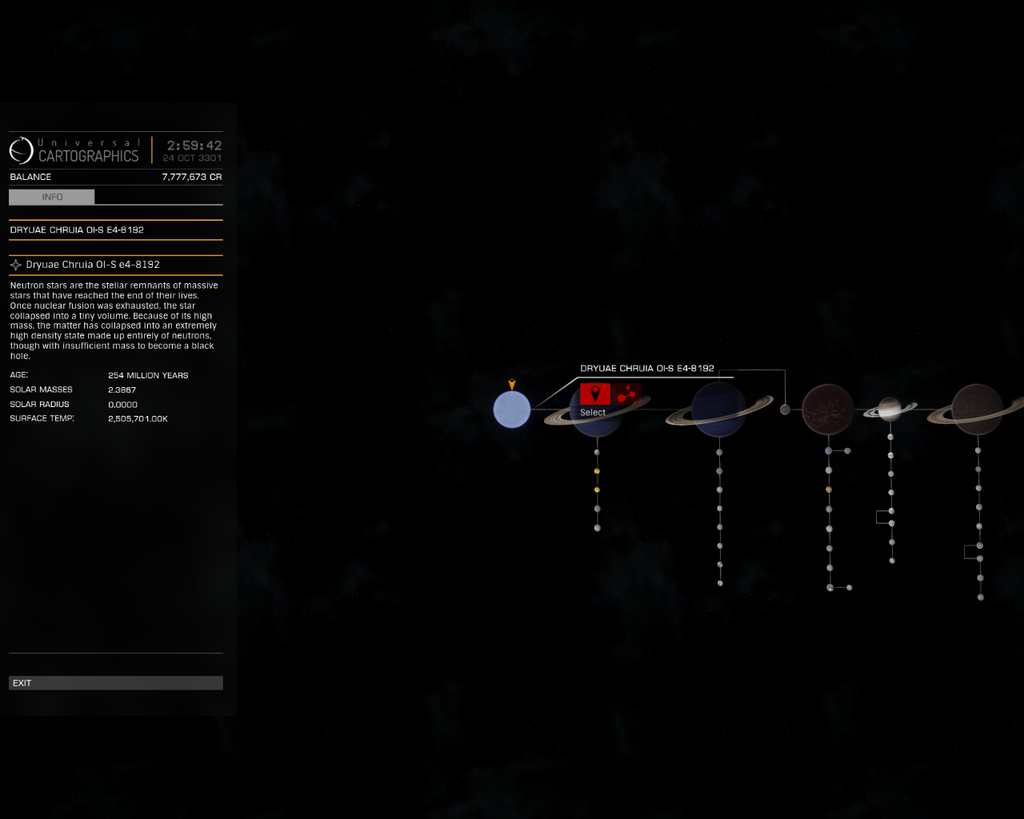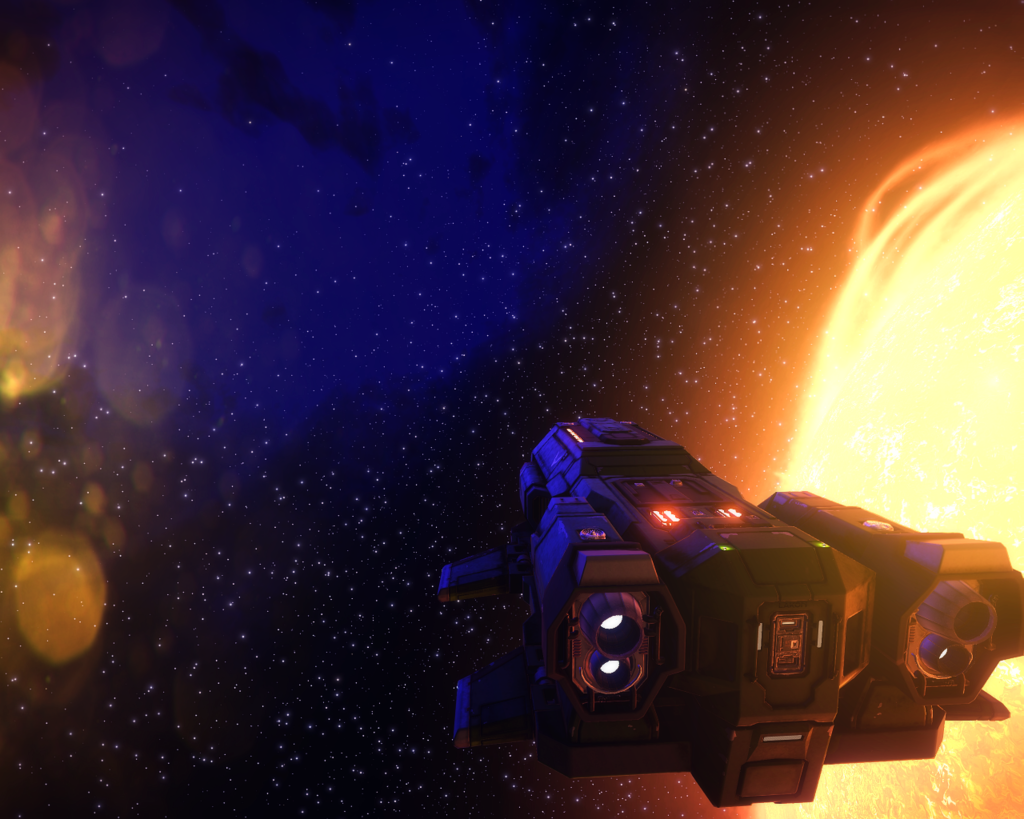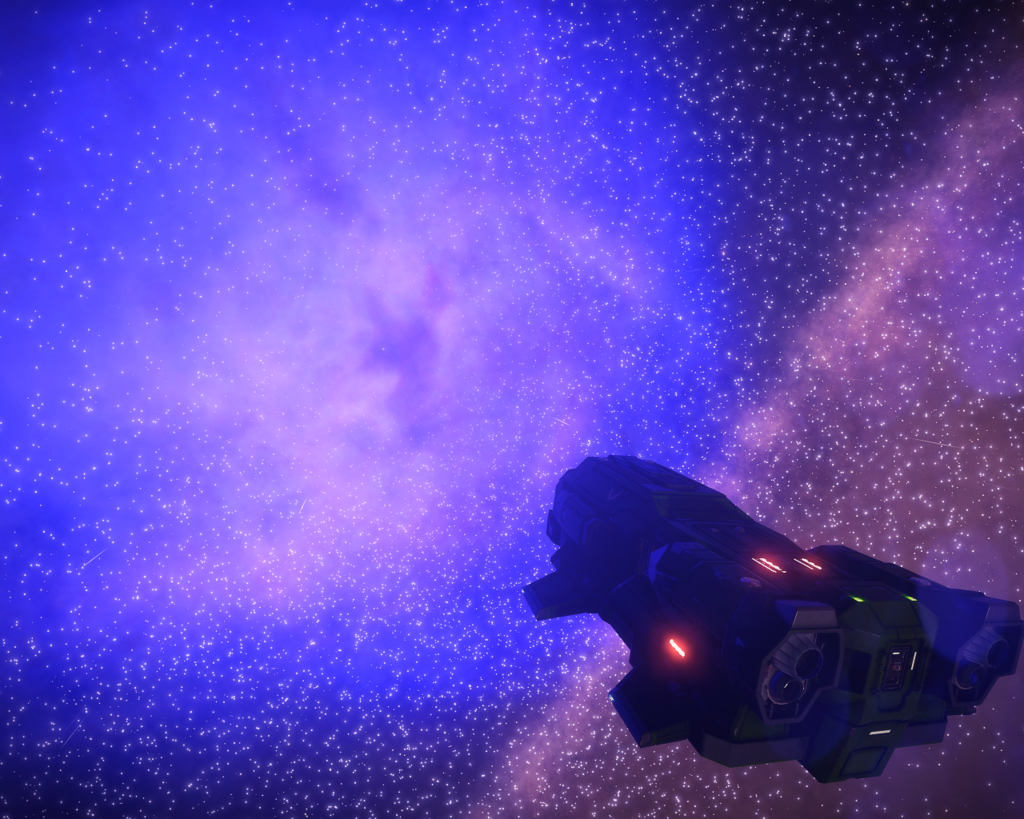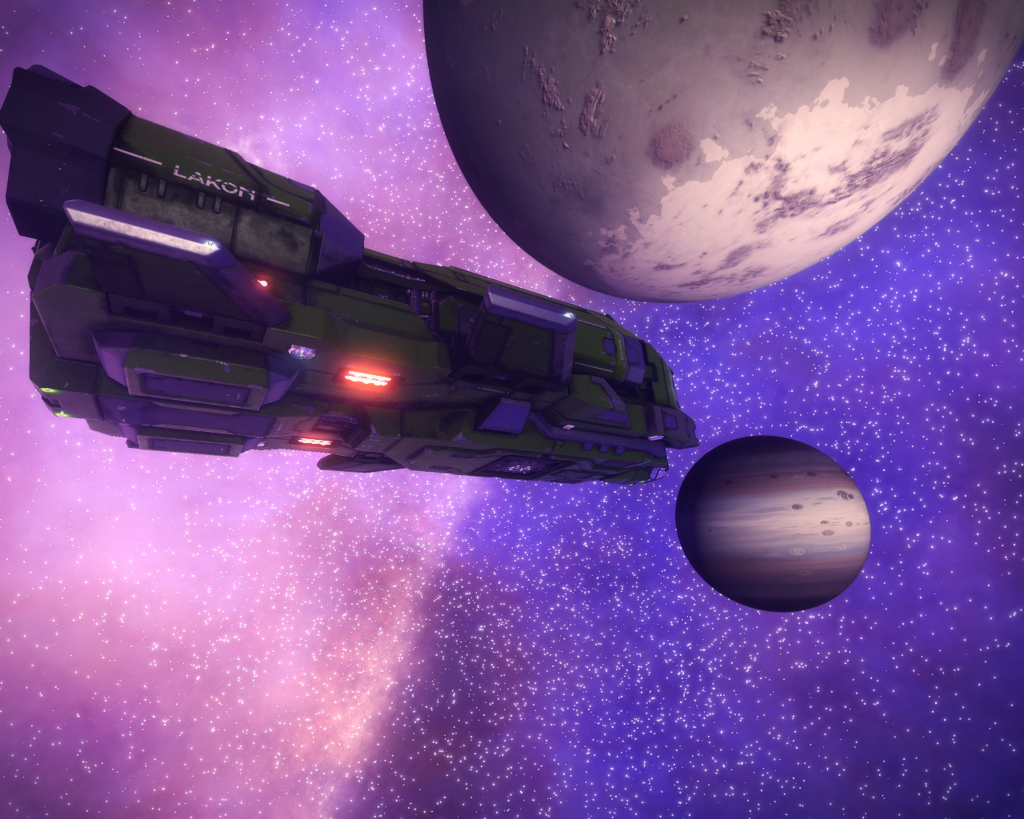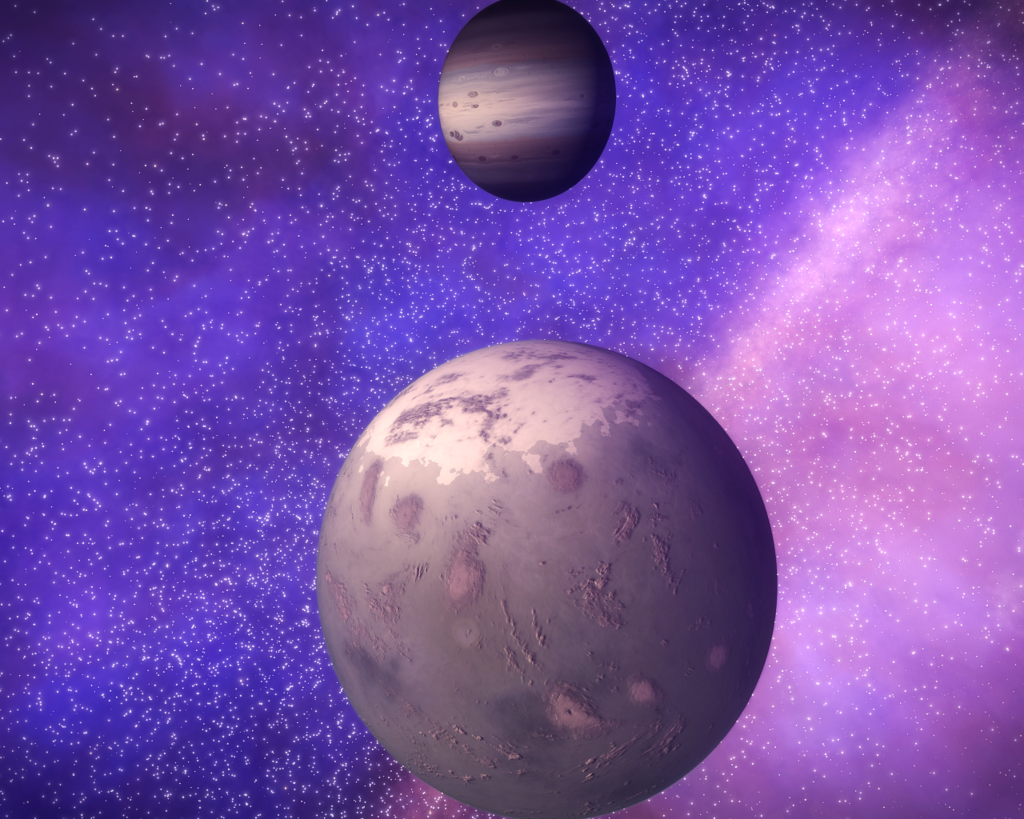Nebulae and T-Tauri Stars get their beutiful looks from the debris and dust floating through Space.
But in the Game T-Tauri Star Systems are just as empty as any others.
So are Systems in Nebulae.
These Systems should get a Colored mist/bloom effect and a limited sight range so people actually realize they are in a nebula....
But in the Game T-Tauri Star Systems are just as empty as any others.
So are Systems in Nebulae.
These Systems should get a Colored mist/bloom effect and a limited sight range so people actually realize they are in a nebula....

